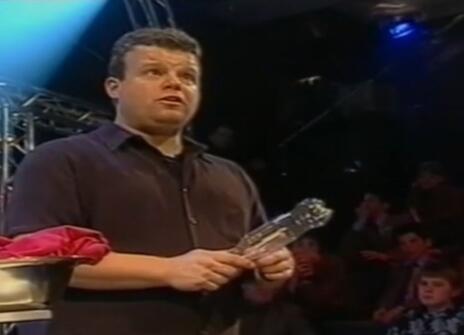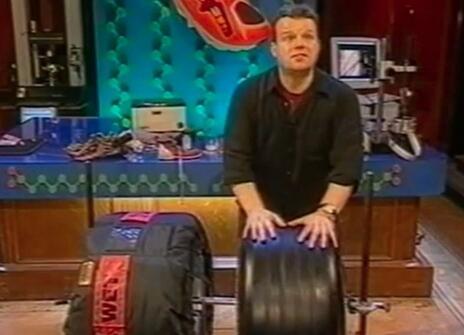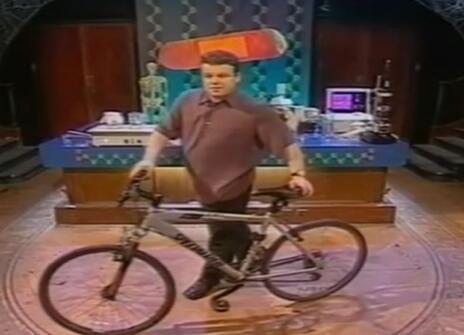Lecture 3 – The phone that shrank the planet
From the 2003 autumn print programme:
What connects the mobile phone in your pocket with the web of surveillance cameras that span the world?
Mobile phones did not exist when you were born, but now there are 45 million in the UK alone. Ten years ago, they were the size of bricks and as heavy as a bag of sugar. But, today they are no bigger than a credit card and lighter than a Mars bar. What shrunk the mobile phone? And how come we all have one?
Their brightly coloured cases conceal a secret nest of electronic paraphernalia: batteries, printed circuits, microphones, speakers, transmitters, liquid crystal displays and, at the heart of everything electronic, the silicon chip. Phones, computers, CCTVs, watches, portable music players, webcams - the silicon chip makes electronics tick, and every 18 months, they halve in size.
Incredibly, there are more transistors on a Pentium chip than there are people in London. And when the chip shrinks, so does the planet; electronic devices become smaller and cheaper, connecting more and more people to a world of sound and pictures.
How small and widespread will things go? Could you wear electronics as earrings, or even have them implanted under your skin? Do you want a TV screen you can roll up and put in your pocket?
But maybe all this technology isn't such good news. There are now more than 1 million surveillance cameras in the UK, while every e-mail and text message you send is logged. What does electronic chemistry have in store for us? Who's watching whom?
This lecture explores the chemistry that connects people.
About the 2002 CHRISTMAS LECTURES
Humankind’s ability to control and manipulate the atoms that make up the earth has enabled us to become the dominant species on the planet. From igniting fire with flints to sending text messages on mobile phones, everything we do and use involves a bit of chemical know-how.
This series of lectures will reveal the molecular miracles behind the everyday objects that define our modern world. From the planes, trains and trainers that get us from A to B, to the tasty burgers, chips and ice cream that refuel our bodies…everything around us is the product of ingenious chemical wizardry. Through unique experiments, demonstrations and audience participation events, this lecture series reveals the secrets of how it’s all done and contemplates how it could be done even better.





